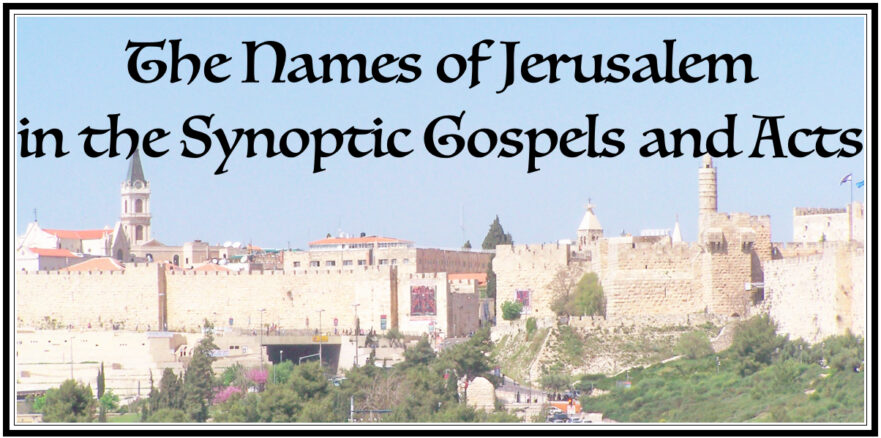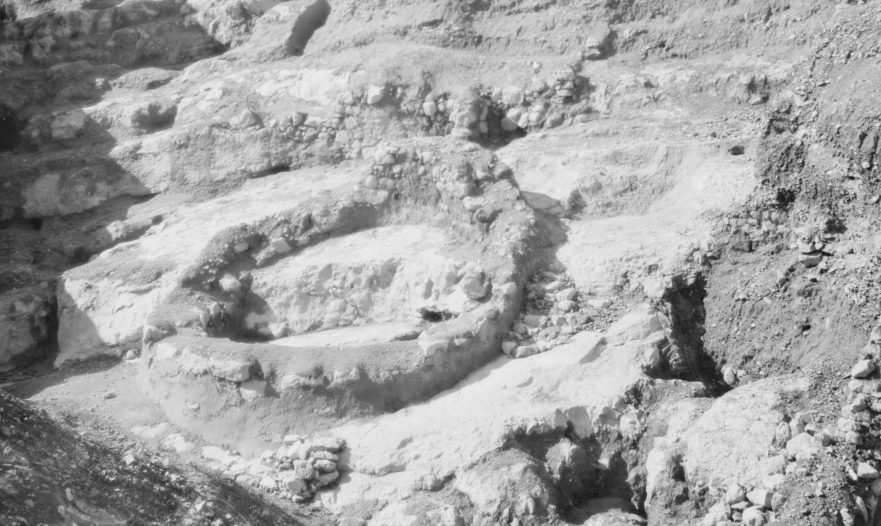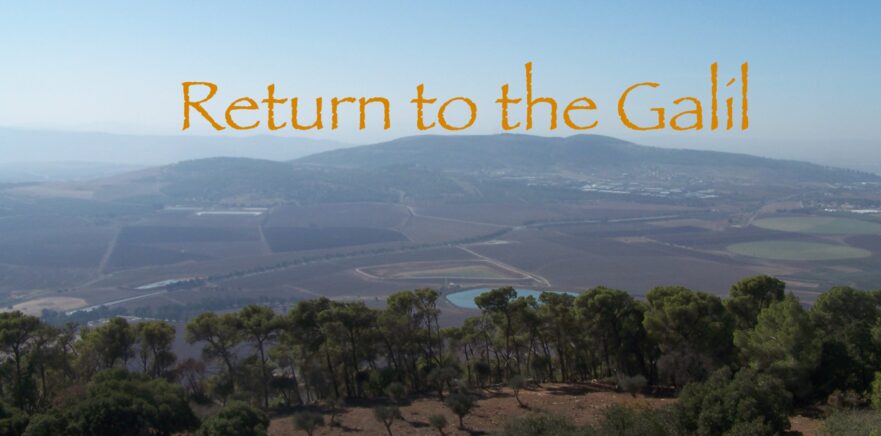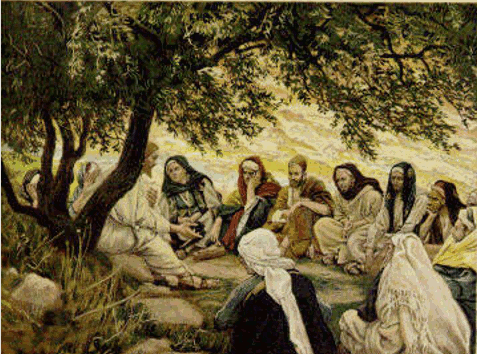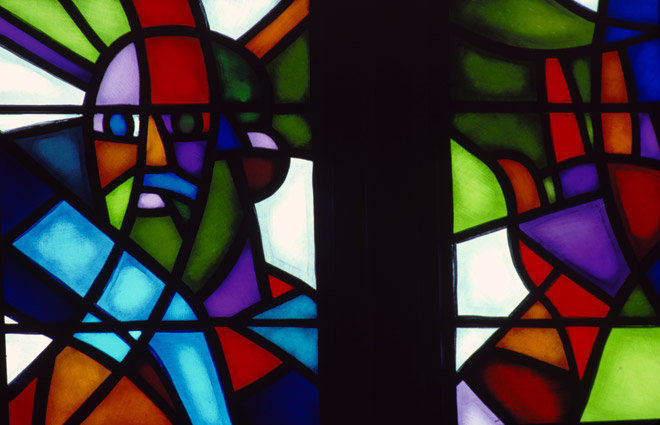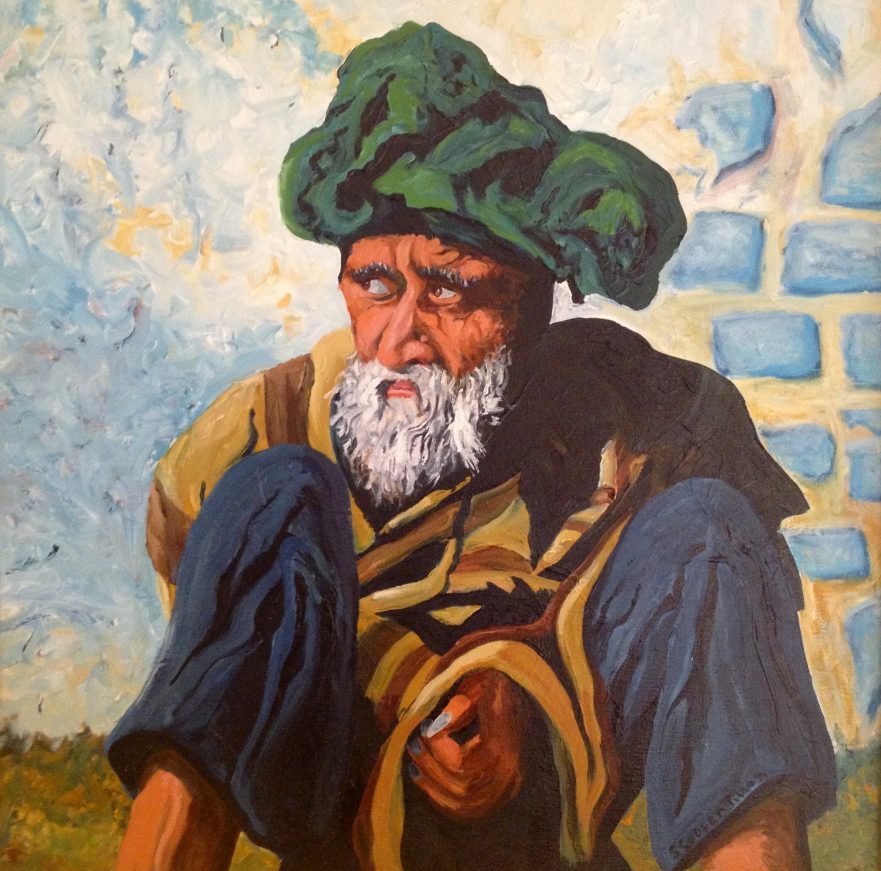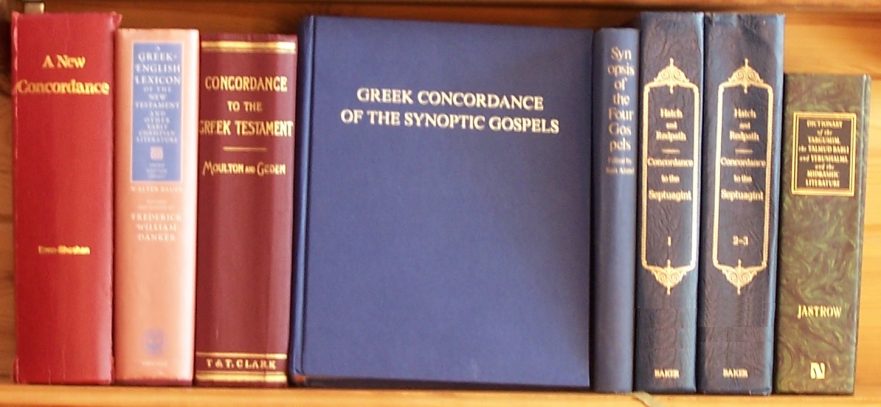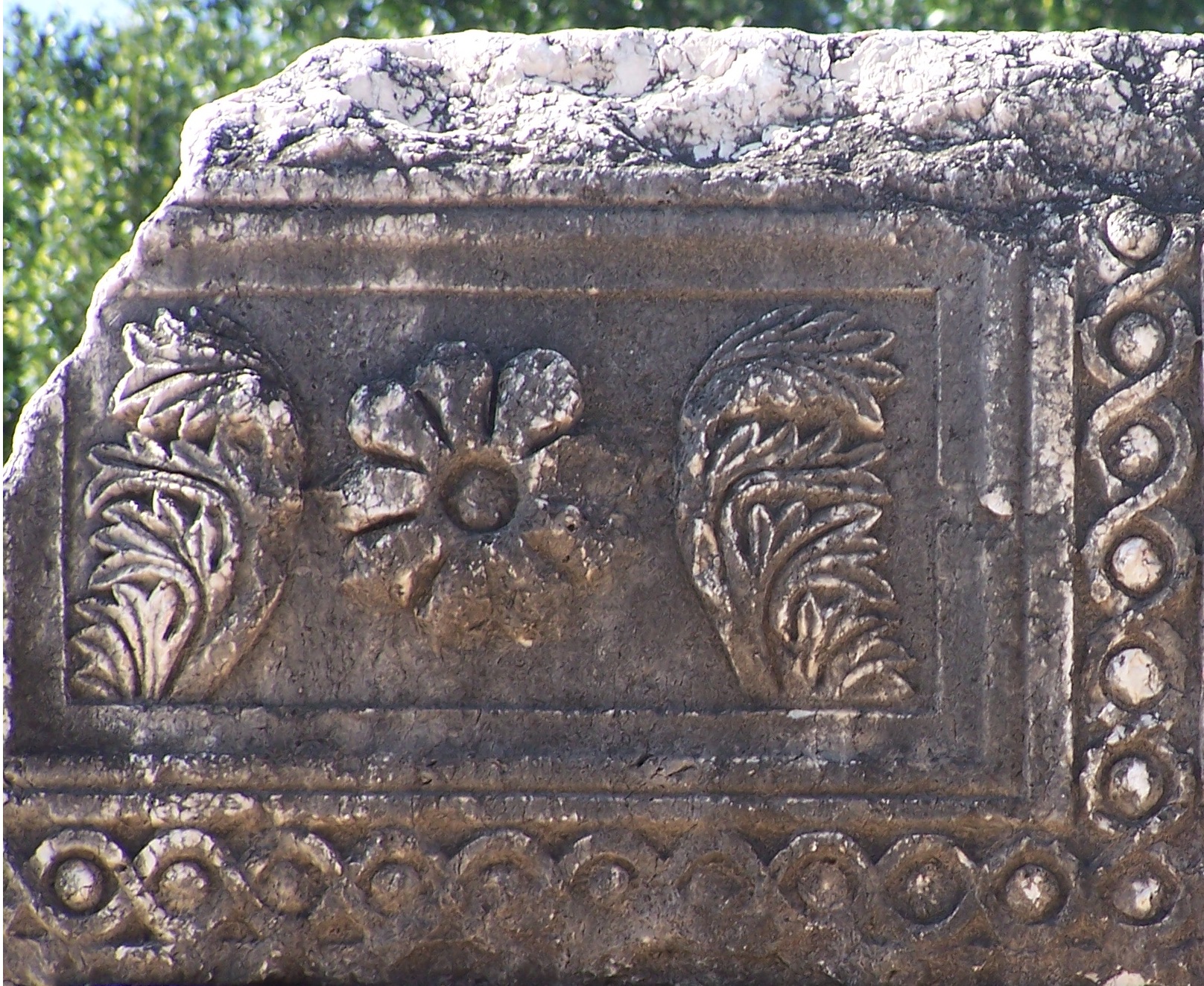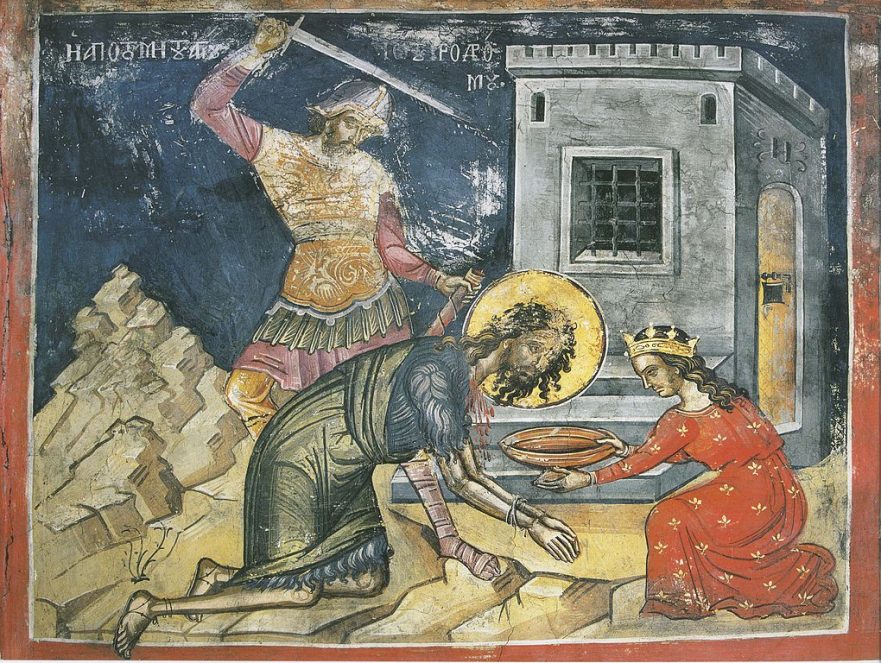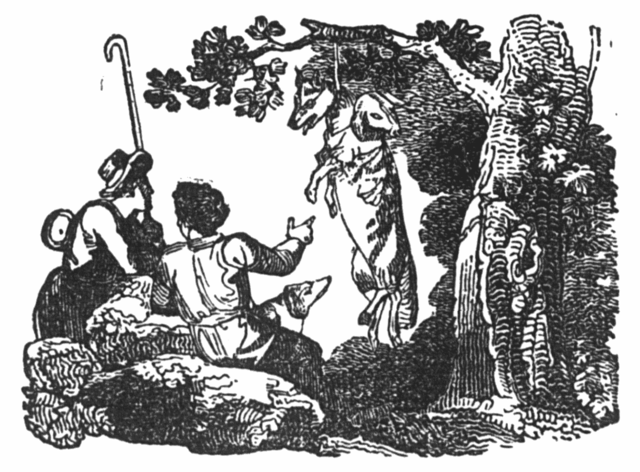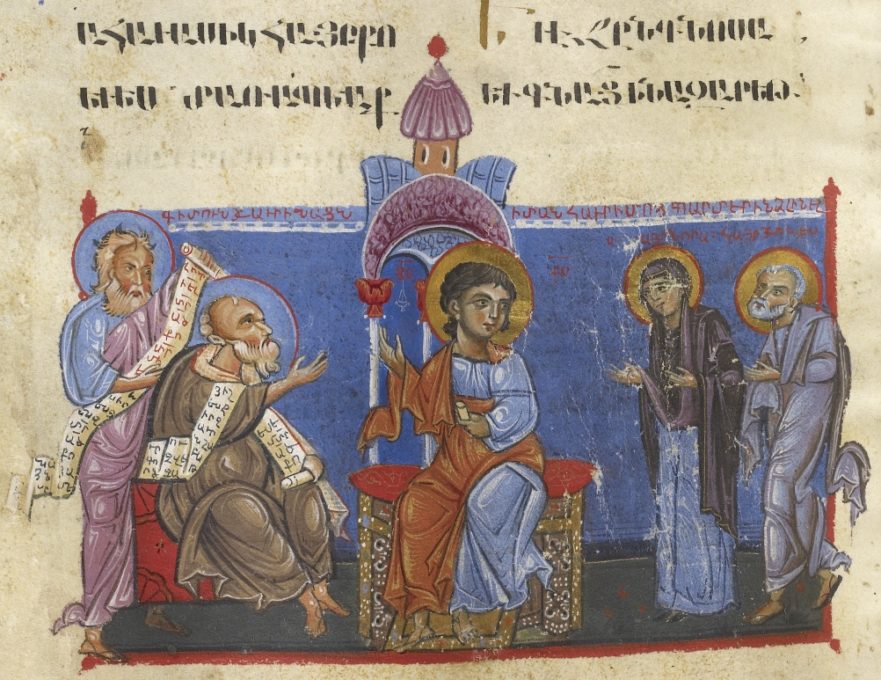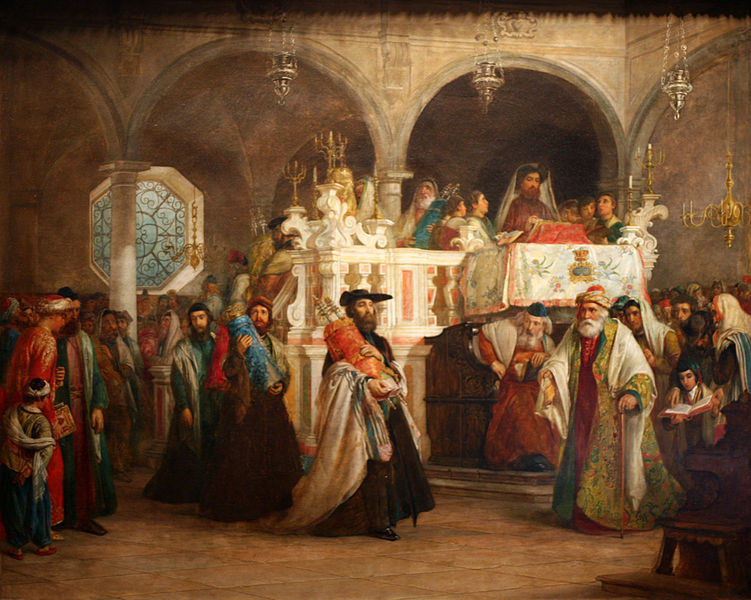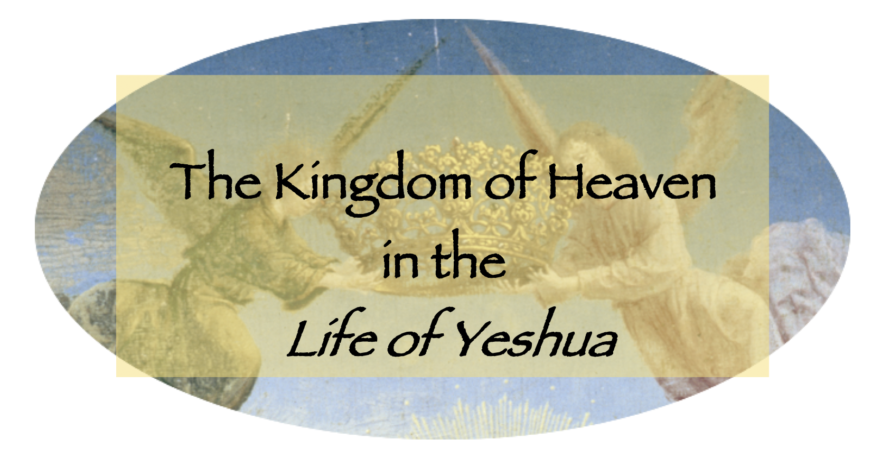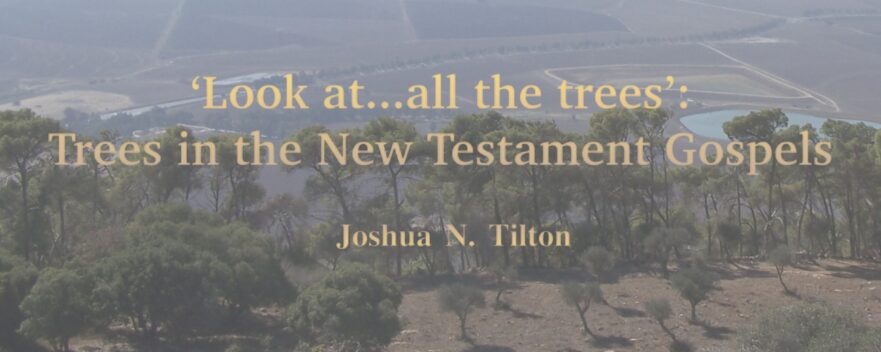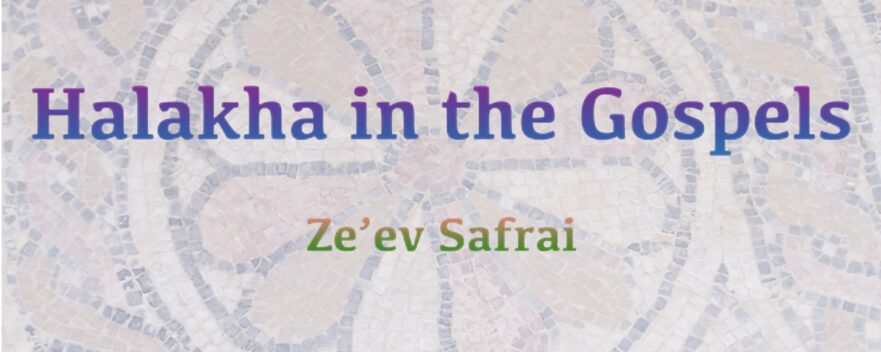In this workshop, we will study many dramatic and exciting miracle stories from the life of Jesus, such as:
Healing of Peter’s Mother-in-law (Mt 8:14-15; Mk 1:29-31; Lk 4:38-39; Crook, Parallel Gospels #61)
Healing of a Leper (Mt 8:1-4; Mk 1:40-45; Lk 5:12-16; Crook, Parallel Gospels #65)
Healing of a Paralytic (Mt 9:1-8; Mk 2:1-12; Lk 5:17-26; Crook, Parallel Gospels #96)
Healing of Man with Withered Hand (Mt 12:9-14; Mk 3:1-6; Lk 6:6-11; Crook, Parallel Gospels #131)
Stilling of the Storm (Mt 8:18, 23-27; Mk 4:35-41; Lk 8:22-25; Crook, Parallel Gospels #158)
Healing of a Demon-possessed Man (Mt 8:28-34; Mk 5:1-20; Lk 8:26-39; Crook, Parallel Gospels #159)
Raising of Jairus’ Daughter from the Dead (Mt 9:18-19; 23-26; Mk 5:21-24; 35-43; Lk 8:40-42; 49-56; Crook, Parallel Gospels #160)
Healing of Woman with a Hemorrhage (Mt 9:20-22; Mk 5:25-34; Lk 8:43-48; Crook, Parallel Gospels #160)
Feeding of the Five Thousand (Mt 14:13-21; Mk 6:30-44; Lk 9:10-17; Crook, Parallel Gospels #166)
Healing of Epileptic Boy (Mt 17:14-21; Mk 9:14-29; Lk 9:37-43a; 17:5-6; Crook, Parallel Gospels #181)
Healing of Blind Man (Mt 20:29-34; Mk 10:46-52; Lk 18:35-43; Crook, Parallel Gospels #301)
Jesus raised the dead, healed the sick, cast out demons, calmed the violent waves of the Sea of Galilee, and miraculously fed the multitudes.

